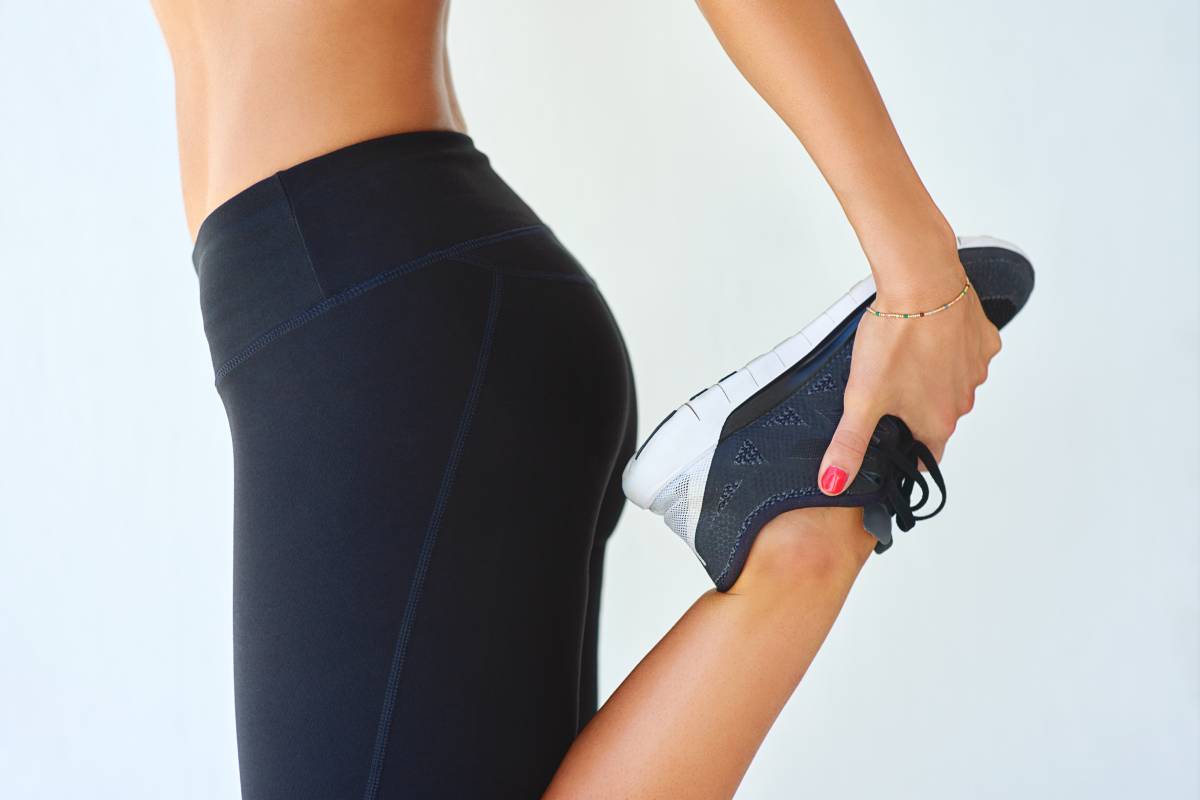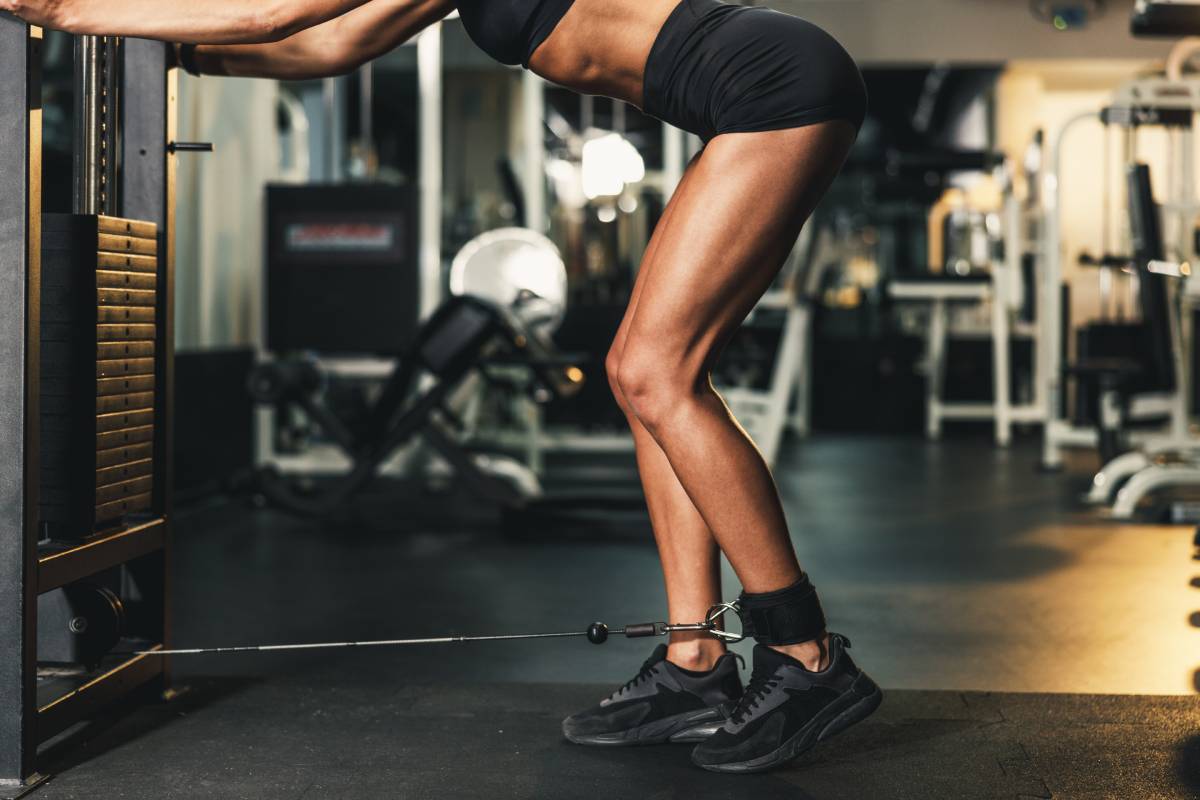Exercise, especially leg training such as squats and deadlifts, helps increase fat metabolism, stimulate growth hormone, and build muscle.
Metabolism is the engine that powers our bodies, determining how efficiently we burn calories and maintain energy throughout the day.
For anyone looking to lose fat, build muscle, or simply improve their overall health, understanding how to boost metabolism through exercise is key.
Among various workout strategies, training the legs stands out not only because leg muscles are some of the largest in the body but also because leg workouts can uniquely impact fat loss and hormone levels.
In this article, we’ll explore which exercises increase metabolism the most, how working your legs influences fat loss, and why leg training may stimulate growth hormone production, helping you maximize your fitness results.
Understanding Metabolism and Exercise

Metabolism refers to the biochemical processes your body uses to convert food into energy. Your basal metabolic rate (BMR) is the number of calories your body burns at rest to maintain vital functions like breathing and circulation.
Exercise can elevate your metabolic rate above this baseline, both during the activity (through increased energy expenditure) and after the workout (via the “afterburn effect,” or excess post-exercise oxygen consumption – EPOC).
The magnitude of metabolic increase depends on factors such as exercise type, intensity, duration, and the amount of muscle mass involved. Generally, exercises that involve large muscle groups and are more intense produce a greater boost to metabolism.
What Exercise Increases Metabolism the Most?
High-Intensity Interval Training (HIIT)
High-intensity interval training (HIIT) is widely regarded as one of the best ways to increase metabolism. This exercise style involves short bursts of intense activity alternated with periods of rest or low-intensity exercise. For example, sprinting for 30 seconds followed by a 1-minute walk, repeated for 15-20 minutes.
HIIT increases metabolic rate significantly during the workout and maintains elevated calorie burning for hours afterward due to EPOC. Studies have shown that HIIT can increase metabolism by 6-15% for up to 24 hours post-exercise.
Strength Training
Strength or resistance training involves lifting weights or using resistance bands to build muscle. Muscle tissue is metabolically active, meaning it requires energy even at rest. The more muscle mass you have, the higher your resting metabolic rate.
Compared to steady-state cardio, strength training can provide a longer-lasting metabolic boost because it causes muscle microtrauma that requires energy for repair and growth. This recovery phase increases metabolism for 24-48 hours post-workout.
Compound Movements
Exercises that engage multiple large muscle groups simultaneously, such as squats, deadlifts, lunges, and bench presses, are particularly effective at increasing metabolism.
These compound movements require more energy than isolation exercises and promote greater muscle growth. They also stimulate the nervous system in ways that can help reduce anxiety by releasing mood-enhancing endorphins.
Does Working Your Legs Improve Fat Loss?

Why Leg Training Is Important for Fat Loss
The legs contain some of the largest muscles in the body, including the quadriceps, hamstrings, gluteals, and calves. Because of this, training your legs can lead to a higher overall calorie burn both during and after exercise.
When you work large muscle groups, you increase the total energy demand on your body, resulting in more calories burned. For fat loss, this is beneficial as creating a calorie deficit (burning more calories than consumed) is essential.
Increased Muscle Mass Equals Higher Metabolism
Building muscle in the legs helps raise your basal metabolic rate because muscle tissue burns more calories than fat tissue. Even at rest, muscles require energy to maintain themselves. Therefore, leg training indirectly supports fat loss by increasing your body’s metabolic rate.
Hormonal Benefits of Leg Training
Training the legs also stimulates the release of anabolic hormones such as testosterone and growth hormone. These hormones help promote fat loss and muscle growth throughout the body. Some studies suggest that leg workouts can cause a greater hormonal response than training smaller muscle groups, potentially leading to more significant fat loss.
Practical Advice for Fat Loss
For effective fat loss, include a combination of leg strength training and cardiovascular exercise. Leg exercises such as squats, lunges, step-ups, and deadlifts should be prioritized. Additionally, incorporating HIIT with leg movements can further boost metabolism and fat burning.
Does Training Legs Increase Growth Hormones?

What Is Growth Hormone?
Growth hormone (GH), also called human growth hormone (HGH), is a peptide hormone produced by the pituitary gland.
It plays a vital role in growth, metabolism, muscle development, and fat metabolism. GH stimulates the breakdown of fat cells and supports muscle protein synthesis, making it an important hormone for fitness and body composition.
Exercise and Growth Hormone Release
Exercise is one of the most potent natural stimulators of growth hormone release. Intensity, duration, and muscle mass involved all influence how much GH is released during and after exercise.
Why Leg Training?
Because the legs contain large muscle groups, training them tends to produce a more significant systemic hormonal response than smaller muscle groups. Compound leg exercises such as squats and deadlifts can increase GH secretion more than isolation movements.
A study published in the European Journal of Applied Physiology found that heavy resistance training with large muscle groups, especially the legs, caused a substantial acute increase in growth hormone levels. This spike in GH helps promote fat breakdown and supports muscle repair and growth.
The Role of Intensity and Volume
To maximize GH release, leg workouts should be performed with sufficient intensity and volume. This means using heavier weights (around 70-85% of your one-rep max) and performing multiple sets (3-5 sets) with moderate to high repetitions (8-12 reps). Rest periods should be kept relatively short (30-90 seconds) to maintain hormonal stimulation.
Benefits Beyond Fat Loss and Muscle Growth

Growth hormone also has anti-aging benefits, improves immune function, and enhances overall metabolic health. Regular leg training, by promoting GH release, may contribute to better health and vitality.
Optimizing Your Workout for Metabolism, Fat Loss, and Hormonal Health
-
Exercise that increases metabolism the most:
- High-intensity interval training (HIIT)
- Strength training with a focus on compound movements involving large muscle groups
- Leg exercises like squats, deadlifts, and lunges are especially effective
-
Working your legs for fat loss:
- Leg muscles are large and require significant energy, helping burn more calories
- Building leg muscle raises resting metabolic rate, aiding fat loss
- Leg workouts promote anabolic hormone release, supporting fat burning and muscle growth
-
Training legs and growth hormone:
- Leg training stimulates greater growth hormone secretion due to involvement of large muscle groups
- Heavy, intense leg workouts with compound lifts maximize GH release
- Increased GH helps with fat metabolism, muscle repair, and overall health
Practical Tips to Maximize Results
- Incorporate leg workouts at least 2-3 times per week using compound lifts.
- Combine strength training with HIIT sessions to boost metabolism and enhance fat loss.
- Ensure adequate recovery and nutrition to support muscle growth and hormonal balance.
- Stay consistent and progressively increase workout intensity for continual improvements.
Conclusion:
Maximizing metabolism, fat loss, and hormonal health requires a well-rounded exercise approach, and leg training plays a central role in this process.
Because the legs house some of the largest muscles in the body, working them through compound movements like squats and deadlifts not only burns more calories but also stimulates the release of growth hormone, which supports fat metabolism and muscle growth.
Pairing leg strength training with high-intensity interval training (HIIT) can further amplify metabolic rate and accelerate fat loss.
Ultimately, consistency, progressive overload, and balanced recovery are key to unlocking the full benefits of your workouts and achieving lasting health and fitness results.





